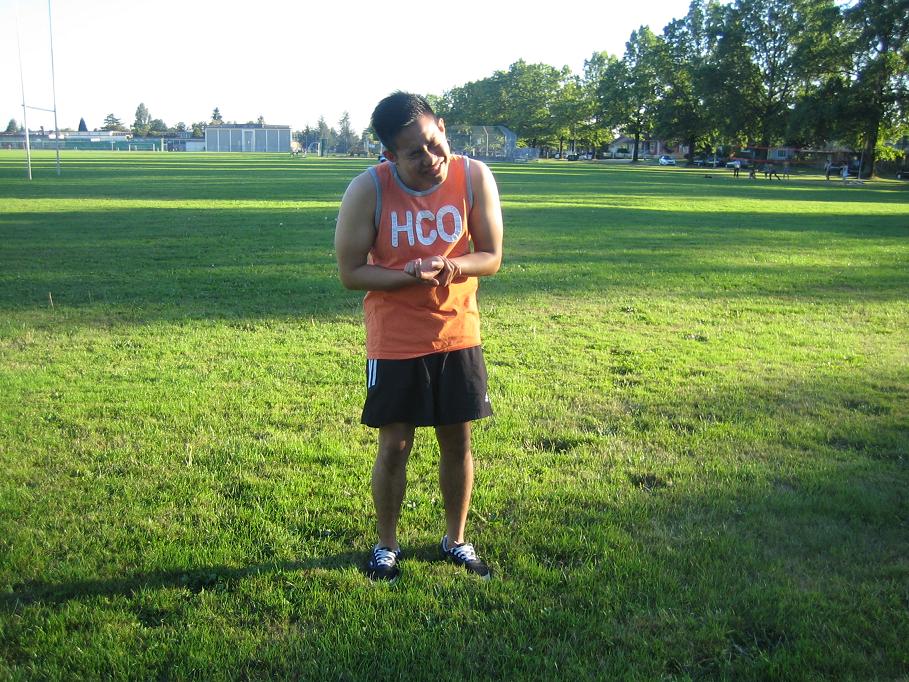Impaled object
An impaled object is one that punctured the soft tissues and left embedded. Depending on the site of impalement and size of the object, emergency care might be needed. A small-sized impaled object such as a splinter can be removed without requiring emergency care. As for bigger objects, a healthcare professional must be seen for […]

